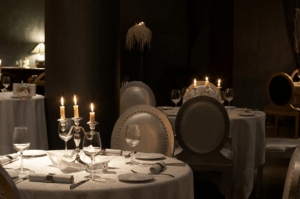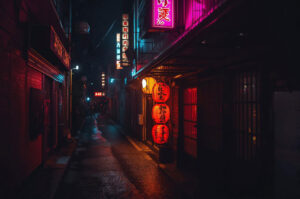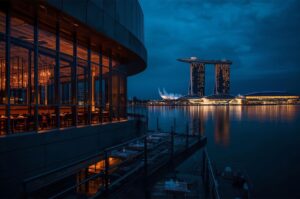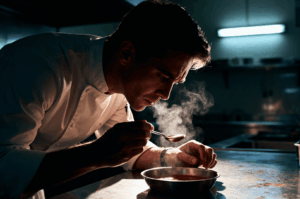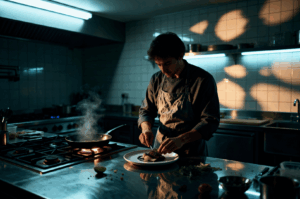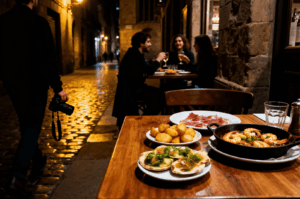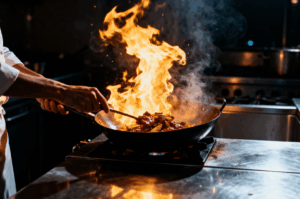
When the clock strikes midnight in Singapore, most tourists retreat to their hotels, but for me, that's when the real culinary adventure begins. Armed with my camera and an EZ-link card, I transform Singapore's Mass Rapid Transit (MRT) system into my personal food photography highway, connecting me to hidden midnight eateries that only locals know about. Let me take you through this nocturnal journey where Singapore's efficient public transportation becomes the backbone of my midnight food photography pursuits.
A Photographer’s Midnight Explorer's Transit Map
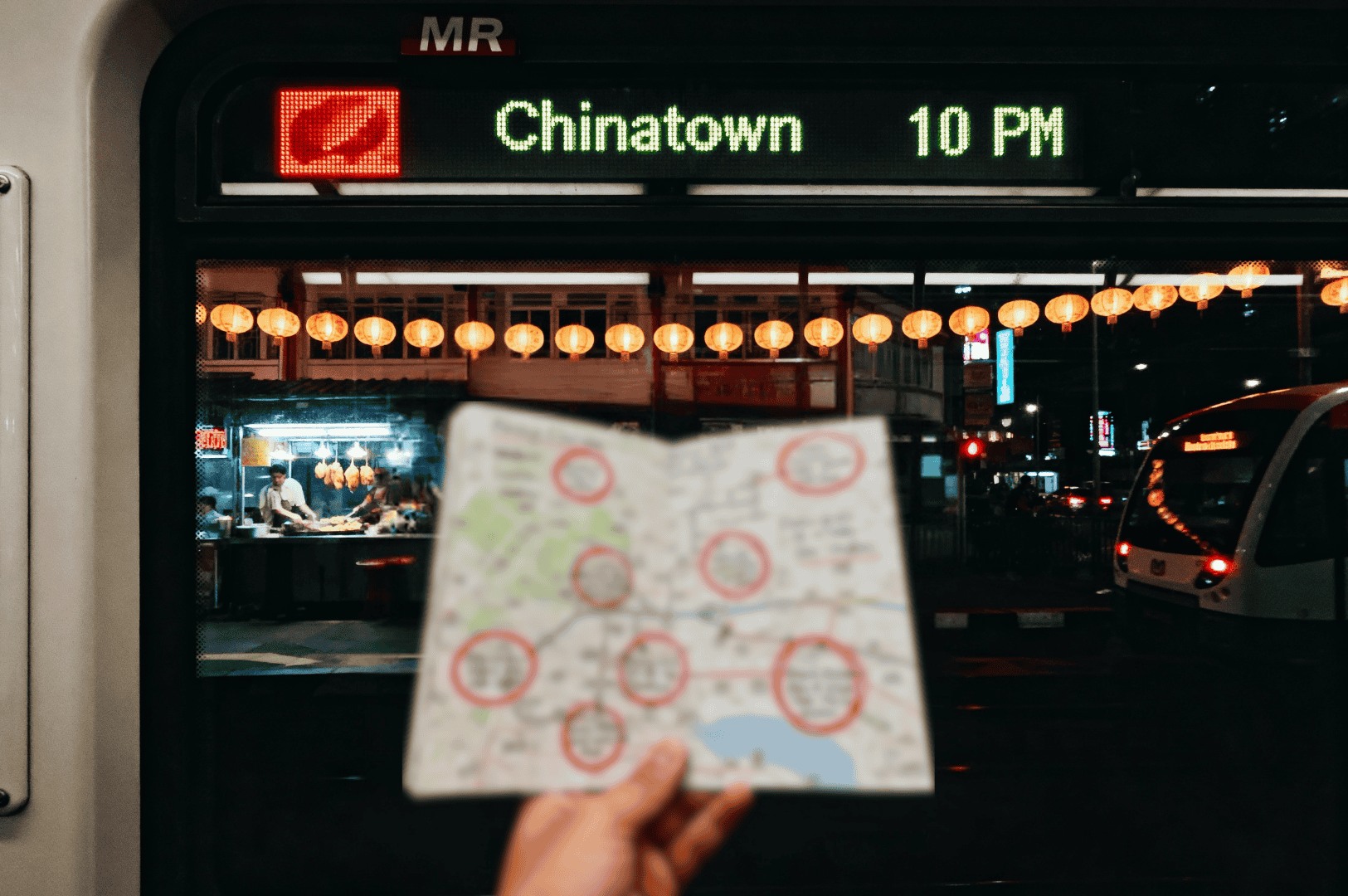
Singapore's MRT system doesn't just close when the sun sets. While frequencies reduce after peak hours, the network remains a photographer's ally well into the night. I've mapped my favorite food destinations by their closest stations, creating a midnight culinary transit map that guides my shooting schedule.
My journeys typically begin around 10 PM at Chinatown station, where the hawker centers are still bustling but the harsh daylight has surrendered to the gentle glow of hanging lanterns. From there, I might hop onto the North-East Line toward Little India, where 24-hour prata shops offer dramatic scenes of dough-flipping masters working under fluorescent lights—a challenging but rewarding subject for night photography. For detailed information about Singapore's MRT system and operating hours, the Singapore MRT Guide for Expats has been invaluable for planning my nocturnal expeditions.
Traveling Light: The Midnight Photographer's Kit
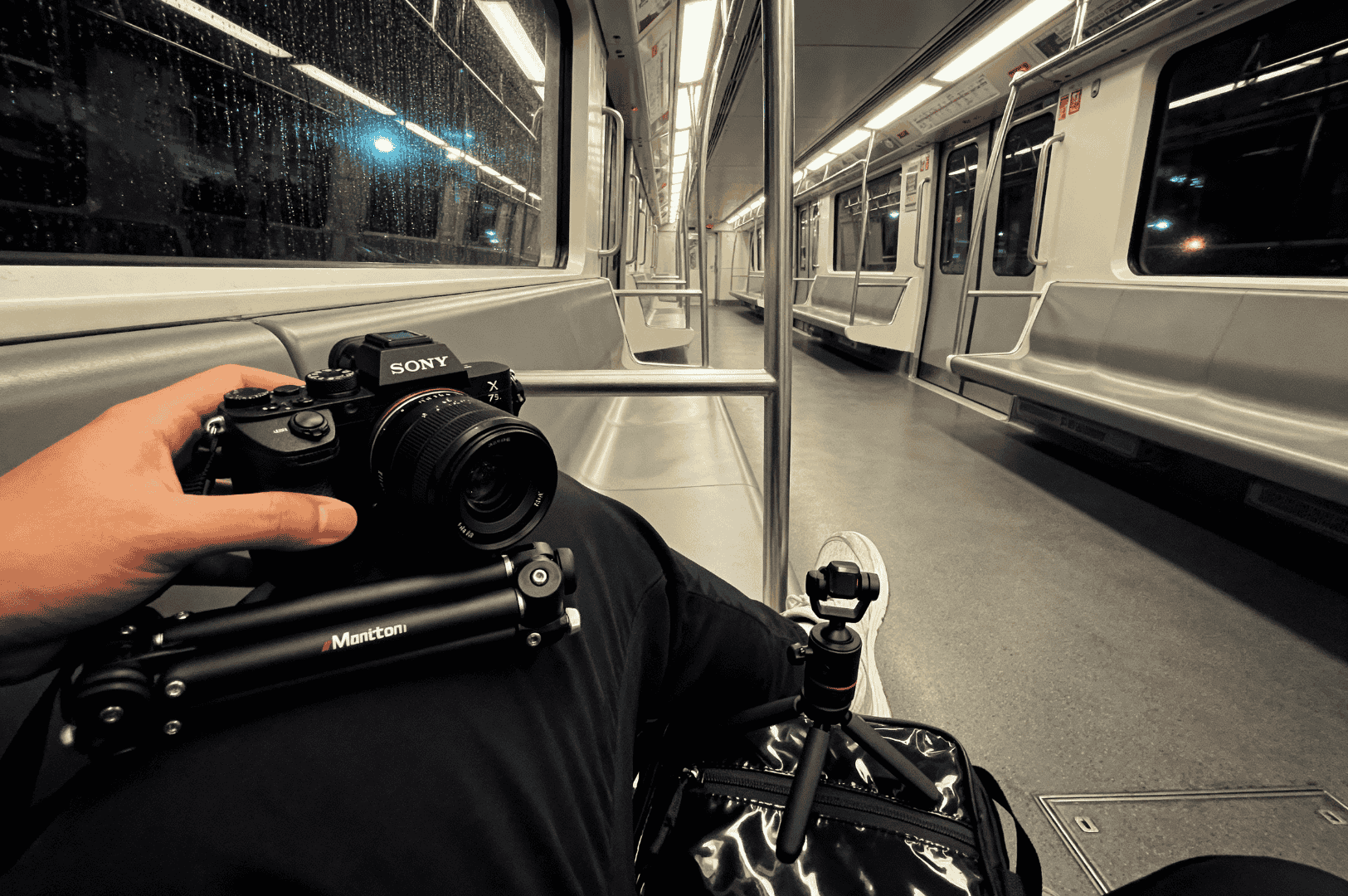
Night photography while navigating public transit demands a minimalist approach to equipment. My transit photography kit has evolved through trial and error into a carefully curated collection:
- A Sony a7III with its exceptional low-light performance
- A versatile 35mm f/1.4 lens that handles dim lighting without flash
- A Manfrotto PIXI mini tripod that fits in my jacket pocket
- A small softbox diffuser for my smartphone's LED light
- Microfiber cloths for Singapore's humid conditions
- A waterproof camera bag that withstands sudden tropical downpours
This compact setup allows me to move quickly between stations and food stalls without attracting attention or inconveniencing fellow late-night commuters.
Station Selection: Where Food and Transit Intersect
Not all MRT stations offer equal midnight food photography opportunities. Through years of exploration, I've identified several stations that serve as gateways to the most photogenic late-night food scenes:
- Lavender Station: Exit A leads directly to the 24-hour Lavender Food Square, where fishball noodle vendors create steam that captures light beautifully at night.
- Geylang Station: A short walk to Geylang Serai Market reveals durian vendors illuminated by bare bulbs, creating high-contrast scenes perfect for dramatic food portraits.
- Buona Vista Station: The connecting walkway to Star Vista leads to late-night dessert shops where colorful Singapore-style shaved ice desserts create vibrant still-life opportunities.
I plan my routes to maximize the MRT's last trains, sometimes purposely missing connections to shoot longer at particularly photogenic locations before catching the final service. For insights into Singapore's incredible hawker food culture during both day and night, check out this Singapore’s Hawker Center Guide, which has helped me locate the most authentic dining experiences.
Between Stations: Making Transit Time Productive
The journey between stations isn't downtime—it's an opportunity to review shots, adjust settings, and prepare for the next location. I've developed a workflow that transforms transit minutes into productive parts of my photographic process:
- Review images from the previous location while standing on the platform
- Use train time to clean lenses and adjust camera settings for the next location
- Reference my digital notes about approaching food vendors at the upcoming destination
By treating transit time as preparation time, I maximize my shooting efficiency at each food destination.
The Night Shift: Understanding Midnight Food Culture
Singapore's midnight food scene has its own rhythm and rules. Many hawker stalls close, but others open exclusively for night owls. Understanding this ecosystem has been crucial for my photography:
- Midnight to 2 AM: Late dinner crowd, mostly young adults and night shift workers
- 2 AM to 4 AM: The "supper" rush after clubs close
- 4 AM to 6 AM: Early breakfast for market workers and the pre-dawn crowd
Each time slot offers different lighting conditions, crowd dynamics, and food options. The MRT's schedule dictates which of these phases I can capture on any given night.
Lighting Challenges: Working with Transit Environments
MRT stations and their surrounding areas present unique lighting environments that influence food photography. The mixed lighting sources—fluorescents, LEDs, street lamps, and vendor lights—create complex color temperature situations.
I've learned to embrace rather than fight these conditions, using the harsh overhead lights of MRT stations to create dramatic shadows on textured foods like laksa or the blue-tinted fluorescents near station exits to enhance the steam rising from hot soup dishes.
The Social Element: Interacting While Shooting
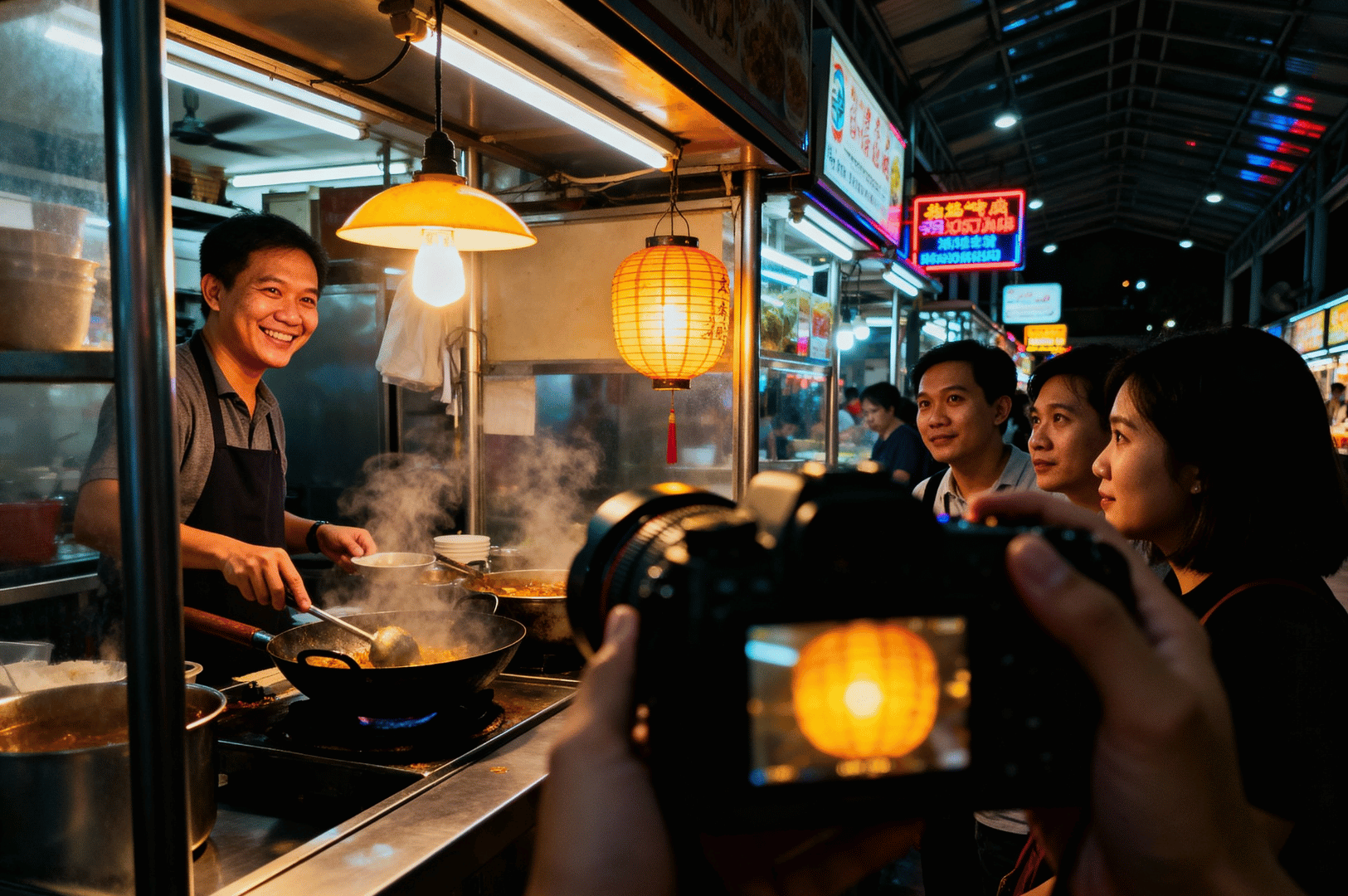
Photographing food vendors and diners at midnight requires a delicate social approach. Many are curious about a lone photographer with professional equipment at such hours. I've found that transparency builds trust—I always introduce myself, explain my midnight food photography project, and offer to share images with vendors.
This approach has granted me access to behind-the-counter shots at Maxwell Food Centre and invitation-only supper clubs near Redhill Station that many photographers never see.
The Last Train Home: Editing on the Go

As the night winds down and I catch one of the final trains home, my photography work continues. Using mobile editing apps, I begin processing the night's harvest, often completing social media-ready edits before I reach my destination. This workflow allows me to post midnight food content while the experience is still fresh, connecting with night owl followers who appreciate these glimpses into Singapore's after-dark culinary world.
Singapore's MRT system isn't just transportation—it's the lifeline connecting a hidden world of midnight culinary experiences waiting to be captured through my lens. For photographers willing to stay awake when others sleep, the combination of efficient public transit and vibrant night food culture creates an unparalleled opportunity to document a side of Singapore that most never see.
To sharpen your own nighttime photography skills, explore artificial lighting techniques for food photography or learn from day-versus-night shooting methods in the same series.
Michelin Guide SG: The Complete Guide to Documenting Culinary Excellence and Cultural Memory
Sarah Teh | December 10, 2025
In Singapore’s michelin starred restaurants, moments of cultural memory unfold alongside fine dining. The michelin guide singapore is more than a ranking; it maps spaces where tradition, mastery, and aesthetics converge into experiences that exist briefly before becoming memory. Singapore stands out as a notable gastronomic destination in the Asia-Pacific region and the country’s culinary…
Tokyo Photography: A Guide to Izakaya and City Lights After Dark
Sarah Teh | December 10, 2025
The rain stops, but the streets of Shinjuku still gleam. Reflections of a thousand neon signs shimmer on the wet asphalt, painting the world in electric blue and vibrant pink. For a photographer, Tokyo at night is an endless playground. Nestled within this cinematic landscape, down a narrow alley and behind humble doorways, are the…
Night Photography Portfolio: Singapore’s Most Photogenic Fusion Restaurants
Sarah Teh | December 8, 2025
As the tropical sun dips below the horizon and the Lion City transforms into a glittering metropolis of neon and steel, savvy photographers know they’re about to witness the city at its most visually rich. Nowhere does this beauty come alive more than in Singapore’s growing scene of fusion restaurants, where each establishment is a…
Best Restaurant Singapore: A Complete Guide to the Lion City’s Top Dining Destinations
Sarah Teh | December 3, 2025
Singapore is a global food capital where hawker stalls and Michelin-starred restaurants coexist, reflecting the island’s rich multicultural heritage. The city offers a vibrant culinary scene, from traditional dishes steeped in history to innovative fine dining that pushes creative boundaries. Whether you’re a local or a traveler, this guide will help you discover the best…
Best Dining Experiences in Singapore: The Coolest Restaurants Right Now – Scene, Substance, and Stories Behind the Plates
Sarah Teh | November 26, 2025
What makes a restaurant truly cool in Singapore? It’s more than hype-it’s about story, substance, and scene coming together. Singapore stands out as one of the top cities for diverse and affordable dining experiences, thanks to its vibrant food scene and dynamic neighborhoods. The city’s coolest restaurants offer a unique dining experience where every detail-from…
The Art of Waiting: Chef Portraits Photography
Sarah Teh | November 19, 2025
The kitchen closes. The last server clocks out, and the dining room succumbs to a deep, restful silence. As a photographer who specializes in capturing culinary scenes after dark, I’ve learned that the most profound moments don’t happen during the frantic pace of service. They unfold in the quiet hours that follow, when a chef…
Shadow Play: Using Contrast for Dramatic Food Photography
Sarah Teh | November 12, 2025
Most food photographers chase the light. They seek bright, airy scenes with soft, even illumination to make food look fresh and appealing. But after the sun goes down, or on a dark and moody day, a different kind of magic emerges. I’ve learned to stop chasing bright light and start embracing the darkness. The secret…
Midnight Food Photography: The Secret Life of Restaurant Kitchens After Closing
Sarah Teh | November 5, 2025
The final customer has paid their bill and walked out into the night. The clatter of dishes fades, the front doors are locked, and a deep quiet settles over the restaurant. For most, this is the end of the day. For me, this is when the real work begins. My type of photography isn’t about…
Midnight Tapas: Barcelona’s Hidden Late-Hour Street Food Culinary Gems
Sarah Teh | October 29, 2025
The city of Barcelona breathes differently after midnight. The relentless energy of La Rambla softens to a murmur, and the ancient lanes of the Gothic Quarter trade crowds for shadows. This is when the true life of the city reveals itself, not in grand pronouncements, but in the clinking of a glass and the shared…
Flame Photography Techniques: Light Painting with Kitchen Flames – A Midnight Photographer’s Technical Guide
Sarah Teh | October 22, 2025
There is a raw, untamed energy in a kitchen at full tilt. For those of us who practice food photography, the most captivating element is often the most dangerous: fire. A burst of flame from a wok or the steady burn of candles on a dining table is more than just part of the cooking…
